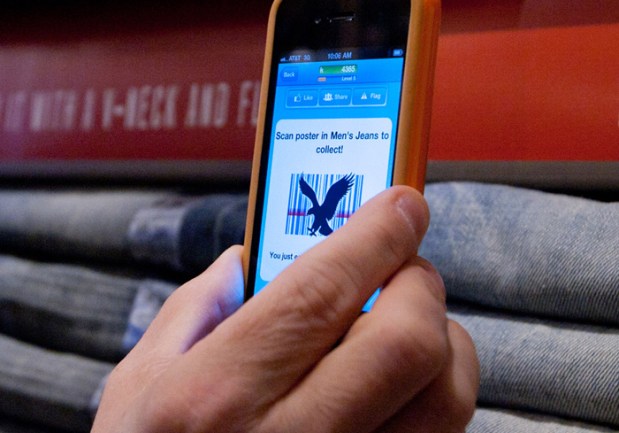Experiment To Find The Mobile Payment Value

We all know that for mobile payments to ignite, consumers and merchants have to see the value. But what MPD Managing Director, John Caron saw yesterday didn’t blow him away. If it’s all about payments, then he’s not convinced it’s enough to get anyone to really care, much less change their habits. Then, again, it’s Apple.
Really big news today! Apple announced it’s very cool watch… oh, and the iPhone 6. And there’s been a ton of hype around the 6 and if it would enable NFC. No surprise: it does. But what does this mean? Is it a game changer for payments? Will this accelerate NFC? Does this give MCX, Softcard (formally Isis) or others instant cred with consumers? The short answer, no. The long answer is no, too.
Enabling tap to pay on an iPhone is not exciting to the average consumer. They don’t care how it works or the technology behind it. What they care about is the experience. Let’s use mpay poster-child Starbucks as an example. The Starbucks app is not a mobile payment app. It’s a loyalty app with mobile payment. Because it was focused on a value-driven experience for the consumer and the entire global staff was trained on it, it’s been a success. Imagine for a moment walking into Kmart and saying “I’m going to pay with my iPhone.” Holy head-explosion, Batman! The clerk will have no idea what to do. And that’s the point. This isn’t just about enabling technology. It’s about creating an ecosystem where everyone involved–the consumer, retailer, brand, clerk, payment processor, etc.–derives value. It’s how retail works today and that’s not going to change.
What value does the consumer get from paying with their iPhone? Alone, not much. When Ahold USA’s Stop & Shop launched their mobile payment app (called SCAN IT!), they saw usage double when they added personalized offers (full disclosure, I worked for the company that built the app). What does this mean? Mobile Commerce and Payment is a value equation. The more value I receive, the more I’ll use it and so the cycle continues. What then is the value in NFC and iPhone? Again, I’d say not much when it’s just about mpay.
Why would Apple do this? Because they’ve got the world’s largest mpayment sandbox. More than 200,000 merchants, an existing payment network without the need for retailers to upgrade devices and an incredibly loyal user base who’ve already provided payment credentials (although I’d argue that half don’t have a valid payment card). This will drive innovation from all parties from retailers to tech companies to advertisers to banks. But we’re far from the holy grail. Testing and learning how consumers will embrace NFC on the iPhone is a must. Don’t overthink it or over-engineer it. Try it. Test it. Change it. Learn from it. This isn’t about the iPhone. It’s about connecting the consumer with the physical store through a device that’s with them 24/7. Focus on the goal, not the technology, and you’ll create a better experience. NFC on the iPhone may even be part of that.